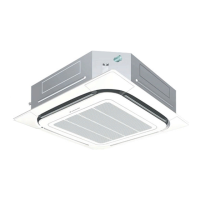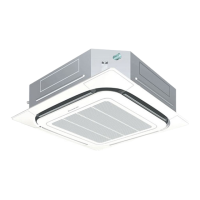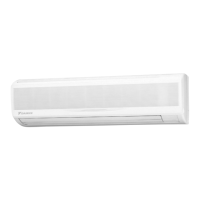OPERATION MANUAL
MODELS
Ceiling mounted cassette type (Round flow model)
FCQ50KVEA FCQN71KVEA
FCQ60KVEA FCQN100KVEA
FCQ71KVEA FCQN125KVEA
FCQ100KVEA FCQN140KVEA
FCQ125KVEA
FCQ140KVEA
SPLIT SYSTEM Air Conditioners
Thank you for purchasing this Daikin air conditioner.
Carefully read this operation manual before using the air conditioner. It will tell you how
to use the unit properly and help you if any trouble occurs. This manual explains about
the indoor unit only. Use it along with the operation manual for the outdoor unit. After
reading the manual, file it away for future reference.
00_CV_3P177429-9S.fm Page 1 Saturday, October 16, 2010 2:12 PM




